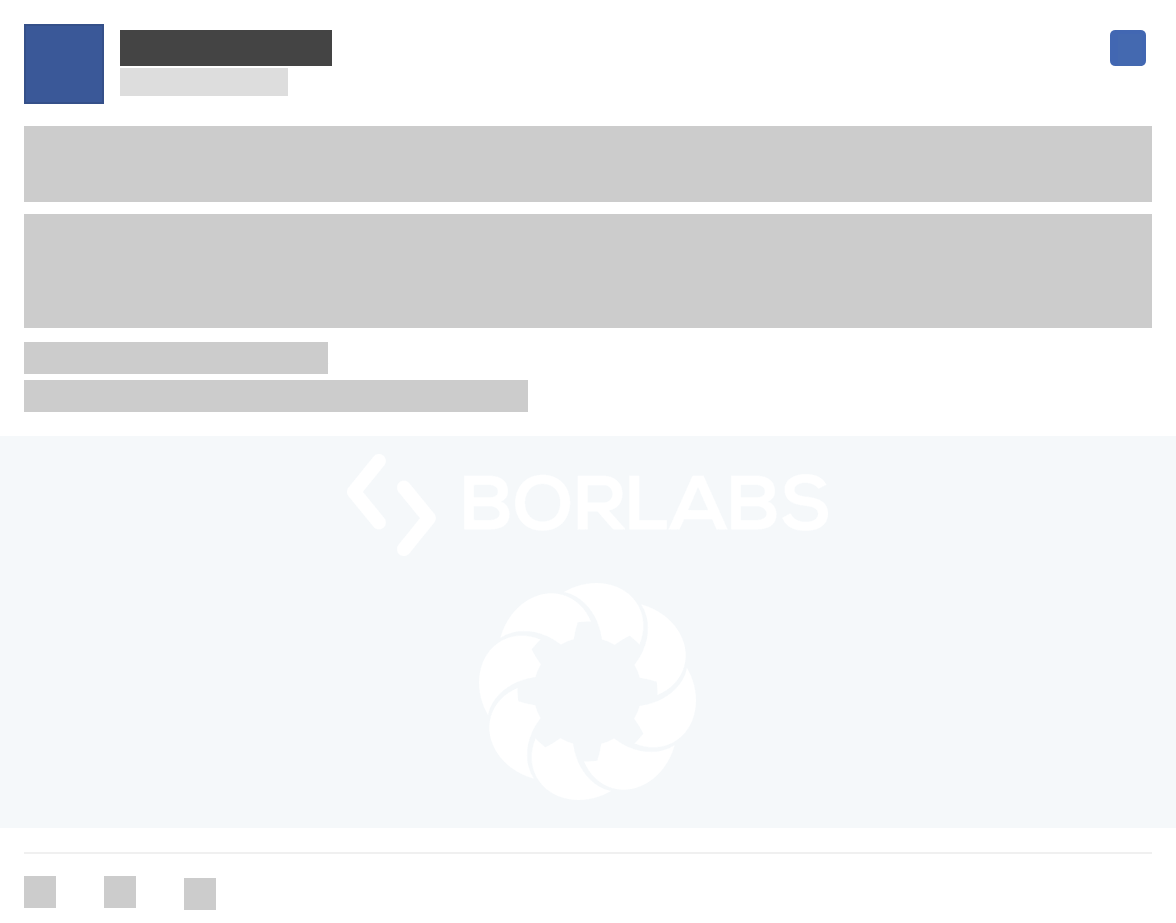Since the launch of nine “anchor centres” (“Ankerzentren”) in Germany last year, the concept of these holding facilities for asylum-seekers has been repeatedly criticized by NGOs while the government has called them a success. A new monitoring website lets current and former residents report incidents anonymously. Benjamin Bathke reports
Three German states, including Bavaria, last year turned nine reception facilities into so-called anchor centres. Asylum-seekers are supposed to stay at the anchor centres for up to 24 months while their applications are being processed — and they either receive asylum or get deported.
A year after the inception, the Bavarian and Munich refugee councils together with a network of partner and support organizations launched the “ANKER-Watch” website to document and “critically monitor” the situation inside the seven Bavarian anchor centres.
On the website, asylum-seekers who currently live or used to live in an anchor centre can
- fill out an anonymous survey about the living conditions in English, German and Dari “to analyze the concrete problems”
- use a reporting tool (“incidents notifier”) to report wrongdoings they’ve witnessed or experienced themselves
- contact the ANKER-Watch team via encrypted email (info@anker-watch.de), telephone (+49 159 03779566 – also SMS, WhatsApp and Signal), Facebook, Twitter and Instagram
According to the website, the reporting tool is also for those who are “active on a voluntary basis” or work in an anchor centre. Examples of things one can report include shortcomings in sanitary conditions and medical care, problems with security or the operating company and violence.

“If necessary,” ANKER-Watch staff will post an article on its website to “inform people and clarify the situation on site.” So far, the team has published three posts.
Spreading the word
“We’ve known about the deficits for a while,” Katharina Grote of the Bavarian Refugee Council said about the rationale behind ANKER-Watch. “What was missing was a format to document and make public small things that don’t get a press release,” she told InfoMigrants.
According to Grote, at least five full-time employees and six volunteers currently work on the ANKER-Watch project. So far, only a few people have used the survey or the reporting tool, Grote said; but she has received many telephone calls – mostly questions about daily life and the asylum process at the anchor centres.
READ ALSO Nigerian who rampaged at Donauwörth asylum centre deported
Some people might be hesitant to report an incident while living at the centre. Grote and her colleagues are trying to ease people’s fear of repressive measures when they speak up. She emphasized that asylum-seekers can also report incidents after they’ve left the facility in case they are worried that the reporting might hurt their prospects to stay in Germany.
Effective concept or isolated mass holding camps?
The German word “Anker” is an acronym that stands for arrival, distribution, decision and repatriation. The stated goal of the institutions is to speed up the processing of asylum applications.
In late July – one year after their launch – Germany’s interior ministry delivered its first report, saying the new concept was successful in speeding up asylum processes.
But not everyone is happy with their performance: Refugee rights groups decried the one-stop facilities for asylum-seekers as mass holding camps where people would be kept in limbo for long periods, denied access to justice and cut off from society.
© InfoMigrants
InfoMigrants last year visited two anchor centres in Bavaria: The facilities in Donauwörth and Schweinfurt.
 THE AFRICAN COURIER. Reporting Africa and its Diaspora! The African Courier is an international magazine published in Germany to report on Africa and the Diaspora African experience. The first issue of the bimonthly magazine appeared on the newsstands on 15 February 1998. The African Courier is a communication forum for European-African political, economic and cultural exchanges, and a voice for Africa in Europe.
THE AFRICAN COURIER. Reporting Africa and its Diaspora! The African Courier is an international magazine published in Germany to report on Africa and the Diaspora African experience. The first issue of the bimonthly magazine appeared on the newsstands on 15 February 1998. The African Courier is a communication forum for European-African political, economic and cultural exchanges, and a voice for Africa in Europe.



























